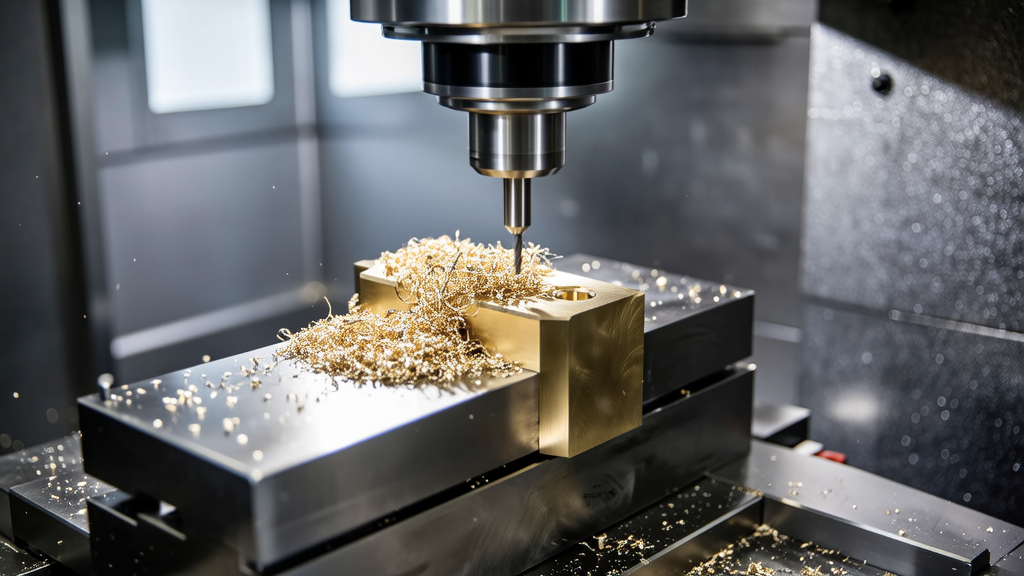Firstly, establishing clear communication is crucial. I recommend setting up regular check-ins with your manufacturer. A simple email or phone call can provide insights into production timelines and delays. When you reach out, ask specific questions such as, “Can you provide me with the current stage of my order?” or “When do you anticipate shipping my parts?” Having a clear record of these interactions can help mitigate misunderstandings.
Next, utilizing technology can significantly enhance your tracking capabilities. Many manufacturers today use advanced ERP (Enterprise Resource Planning) software that provides real-time updates on production schedules. Encourage your supplier to share this information with you. By gaining access to their production timeline through shared dashboards, you can proactively manage expectations with your team and clients.
To make tracking even more efficient, I suggest implementing a structured checklist. This checklist can track each phase of your order, including design approval, material sourcing, machining, and quality checks. A visual representation such as a Gantt chart can be useful if you handle multiple projects simultaneously. Keeping this organized will allow you to not only see where things stand but also to highlight any potential risks early.
Here’s a simple table example to illustrate how you can structure your tracking system:
| Phase | Status | Expected Completion Date | Notes |
|---|---|---|---|
| Design Approval | Completed | 2023-10-10 | Awaiting material |
| Machining | In Progress | 2023-10-15 | 5% behind schedule |
| Quality Check | Pending | 2023-10-20 | N/A |
Of course, risks can arise at any stage of the production process. Regularly assess potential issues such as delays in material supply, machine breakdowns, or labor shortages. I advise setting aside buffer time in your project timeline to accommodate these unforeseen circumstances. Another solid approach is sourcing from multiple suppliers for critical components, enabling you to pivot quickly should one manufacturer fall behind.
Lastly, be sure to verify the specifications and quality standards of the parts you’re ordering. Every CNC machining manufacturer has different tolerances and quality checks in place. Opt for suppliers who provide detailed documentation that outlines their processes, such as ISO certifications. This not only helps to ensure that you’re receiving high-quality products but also builds trust in your supplier relationship.
By being proactive and organized, you can continuously keep tabs on your orders while minimizing risks and enhancing overall project efficiency. If you’ve implemented any of these strategies, I’d love to hear how they worked for you!
How often should I check in with my CNC manufacturer?
I recommend establishing a regular check-in schedule, like once a week, to stay updated on your order’s progress. This helps catch any potential issues early and allows you to adapt your plans accordingly.
During these check-ins, don’t hesitate to ask pointed questions about specific phases of production. You want to know exactly where your order stands, such as whether materials have been sourced or which machining processes are currently in progress.
What technology can help me track my CNC orders more effectively?
Many manufacturers now use ERP systems that provide real-time updates on production. By integrating these systems, you can gain insights into various stages of your order without needing constant back-and-forth communication.
Additionally, leveraging project management tools can help visualize your order timeline. I personally find tools like Gantt charts particularly useful for tracking multiple orders across different manufacturers.
What should I do if my order is delayed?
First, communicate directly with your manufacturer to understand the reasons for the delay. Sometimes, it could be due to unforeseen circumstances like material shortages or equipment failures, so getting the full picture is essential.
If delays seem likely, consider adjusting your project timeline or sourcing from alternative suppliers for urgent components. Flexibility can help you meet deadlines even when setbacks occur.
How can I ensure the quality of my CNC machined parts?
Request documentation from your manufacturer that verifies their quality control measures. You should look for certifications like ISO standards, which indicate a commitment to high-quality processes.
Additionally, consider conducting periodic inspections at different manufacturing stages, particularly before parts are shipped. This proactive approach can save you headaches later on.
What are some common tracking mistakes to avoid?
Avoid assuming that your manufacturer will automatically notify you of every change. Clear communication is a partnership effort. Set an expectation that both parties will provide updates.
Another mistake is not documenting your interactions. Keeping a record of communication can help you refer back to specific discussions, making it easier to resolve issues if they arise.








